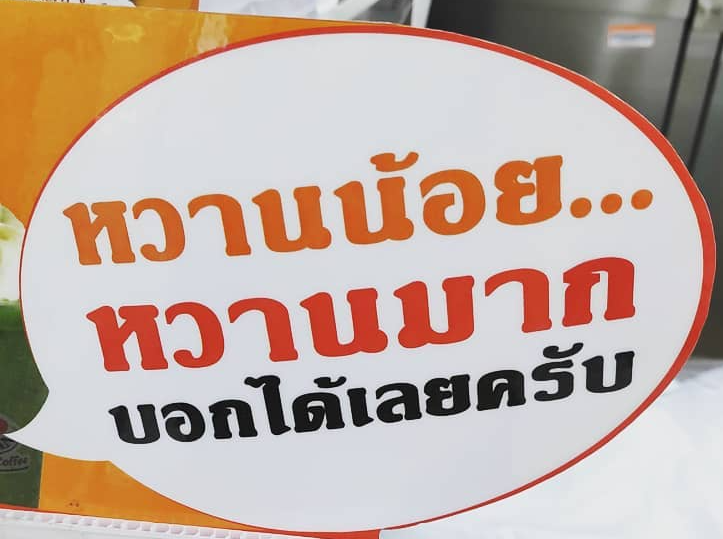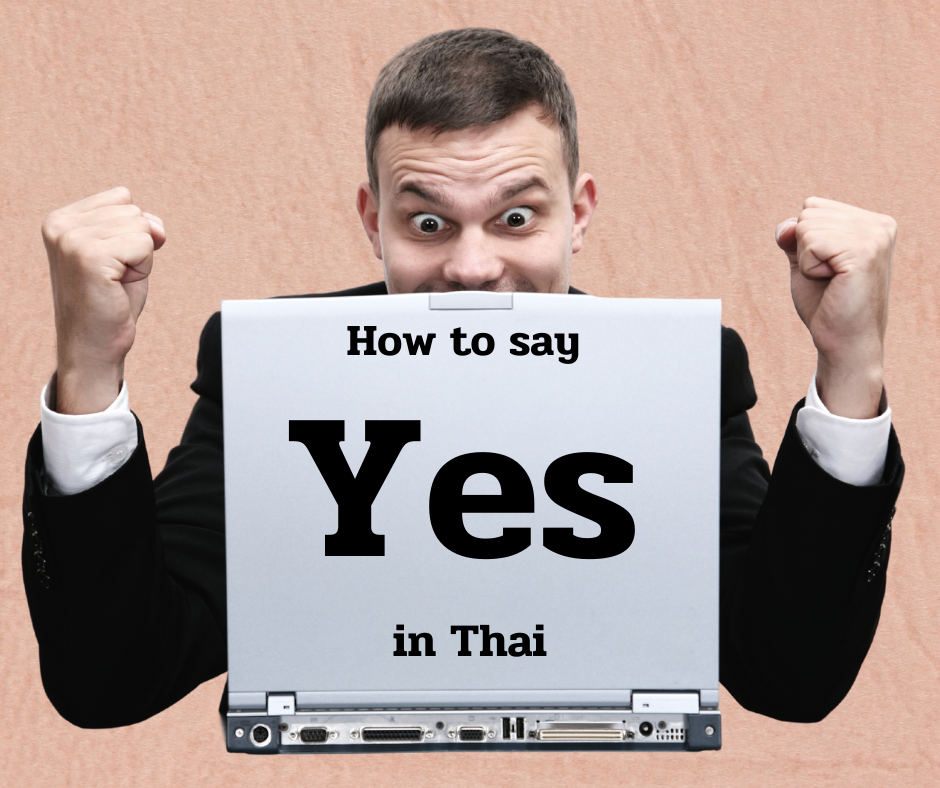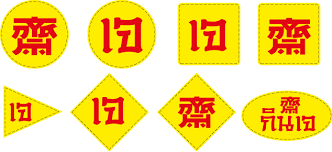If you’re a coffee or tea drinker, learning a few simple Thai phrases for ordering food and drink is going to make your life a lot easier when in Thailand. Many Thai cafes will automatically add sugar and the staff may not speak English very well so if you want to avoid your drinks being sweet or make sure there’s no milk in it, learn these Thai ordering phrases.
How to Say Coffee in Thai
First off, let’s learn how to pronounce coffee in Thai correctly.
กาแฟ (gah-fae) consists of 2 syllables. กา (gaa) + แฟ (fae) – If you can read a little bit of the Thai script, it’s easy to identify the 2 very distinct vowel sounds happening in this word. However, when we try to write it in English using transliteration we are left with something like gaa-fae which can be very misleading so I highly recommend you click on both syllables a few times and try to remember the correct vowel sound.
If you can pronounce กาแฟ (gaa-fae), then you’re halfway to saying cafe or coffee shop. As with many types of shops in Thai, you just add the word ร้าน in front which means store or shop.
- ร้านกาแฟ (raan gaa-fae) – coffee shop
- ร้านอาหาร (raan ah-haan) – restaurant (shop+food)
- ร้านเหล้า (raan lao) – bar (shop+alcohol)
- ร้านขายยา (raan khaay yaa) – pharmacy (shop+sell drugs)
Ordering Coffee in Thai
เอา (ow) + FOOD/DRINK + (# + classifier)
If you don’t know much or any Thai yet, just start by learning the shortest easiest version. Once you’ve said this a few times and are comfortable with it, come back and learn how to add in additional informationใ
- เอาอเมริกาโนเย็น (ow ah-me-ri-gaa-noh yen) – I’ll have an iced americano.
- เอาลาเต้ร้อนหนึ่ง (ow laa-teh rawn nung) – I’ll have one hot latte.
- เอามอคค่าเย็นสองแก้ว (ow moh-gaa/maw-kah yen sawng gaew) – I’ll have 2 iced mochas.
*Staff at cafes often shorten the names of the coffee drinks:
-
คาปูชิโน่ (khaa-puu-chi-noh) →
คาปู (khaa-puu)
- คาปูร้อน (khaa-puu-rawn)- hot capo
-
อเมริกาโน่ (ah-meh-ri-gah-noh) →
อเม (ah-meh)
- อเมเย็น (ah-meh-yen) – iced americano
How to Say “No Sugar” or “Not Sweet” in Thai
It’s Thailand and Thai people like their drinks SWEET so if you go to one of the many cafes that automatically adds sugar or syrup, you need to let them know if you don’t want any. You generally don’t need to use these on things like an americano at places that make real barista-type coffee, but watch out at the big Thai franchises as well as small shops which tend to automatically add sugar unless you tell them not to.
- หวานปกติ (waan ppoh-ga-ti) – Normal sweet (meaning however they normally make it. Be warned.)
- หวานน้อย (waan noi) – a little sweet (this is very subjective so what’s not considered very sweet to a Thai person may still be sugar overload for you)
-
ไม่หวานเลย (mai waan loei) – Not sweet at all.
- ไม่หวาน (mai waan)- Not sweet. *Be careful with this one. It’s a little ambiguous.
How to Say “Don’t put in milk or sugar” in Thai
If your pronunciation isn’t good yet (because you haven’t learned the script) it’s a really good idea to have a backup sentence just in case you are having trouble getting understood.
These sentences say to not add in any sugar/syrup.
- ไม่ใส่ + ITEM (mai sai ITEM) – Don’t put in ITEM.
- ไม่ใส่น้ำตาล (mai sai nam-taan) – Don’t put in sugar
- ไม่ใส่น้ำเชื่อม (mai sai nam chuam) – Don’t put in syrup
- ไม่ใส่นม (mai sai nom) – Don’t put in milk
Non-Dairy Alternatives for Your Coffee/Tea
Apart from hipster cafes and Starbucks, it’s still not very common in Thailand for cafes to have non-dairy milk alternatives. It doesn’t hurt to ask, but you may get clueless stares back.
- มีน้ำเต้าหู้มั้ย (mee naam tao-huu mai) – Do you have soy milk?
How to Say “I’ll have the usual” in Thai
One of the more useful phrases in Thai is เหมือนเดิม which depending on the context means something like “the usual,” or “the same as last time,” or “the same as before.” You can use this phrase once you are known to the staff a particular place. If you go to the same place a lot, they’ll likely start asking you at some point: เอาเหมือนเดิมมั้ย or เหมือนเดิมมั้ย.
เอาเหมือนเดิม (ow muan doem) – I’ll have the usual / I’ll have the same as last time
Thai Phrases for Ordering Food/Drink:
Here are a few common Thai phrases you might need while ordering food or drink at a cafe or restaurant.
- เอากลับบ้าน (ow glap baan) – I’d like it takeaway / take out
- ทานที่นี่/ ทานนี่ (thaan thee nee / thaan nee)- I’ll eat/drink (it) here.
- ขอพาสเวิร์ดไวไฟ – Can I have the wifi password?
- ขอทิชชู่ (tit-choo) – Can I have a tissue/napkin?
- ไม่เอาถุง (mai ow thung) – I don’t want a bag
- ไม่เอาหลอด (mai ow lawt) – i don’t want a straw
Thai Vocabulary for Ordering Food/Drink
- แก้ว (gaew) – glass; cup
- หลอด (lawt) – straw
- พลาสติก (phlaas-tik) – plastic
-
กระดาษทิชชู่ (gra-daat tit-choo) – napkin; tissue
- ทิชชู่ (tit-choo) – napkin; tissue *You can say this or the full version above.
Sizes in Thai
You can use these







